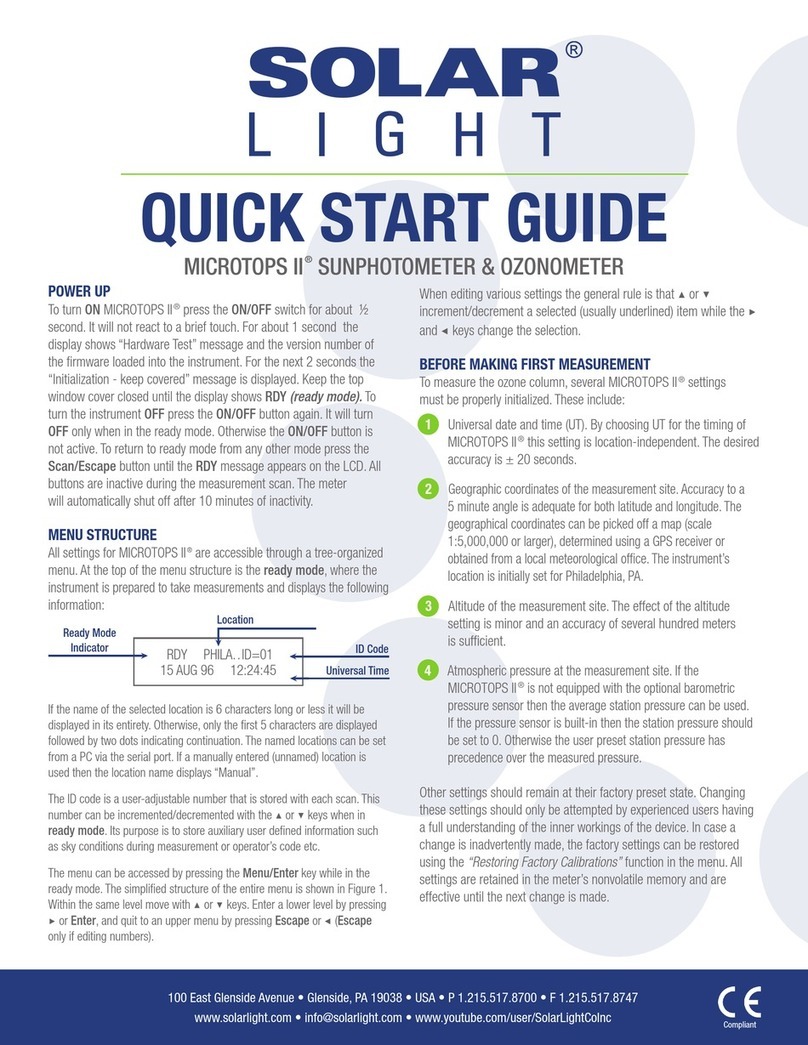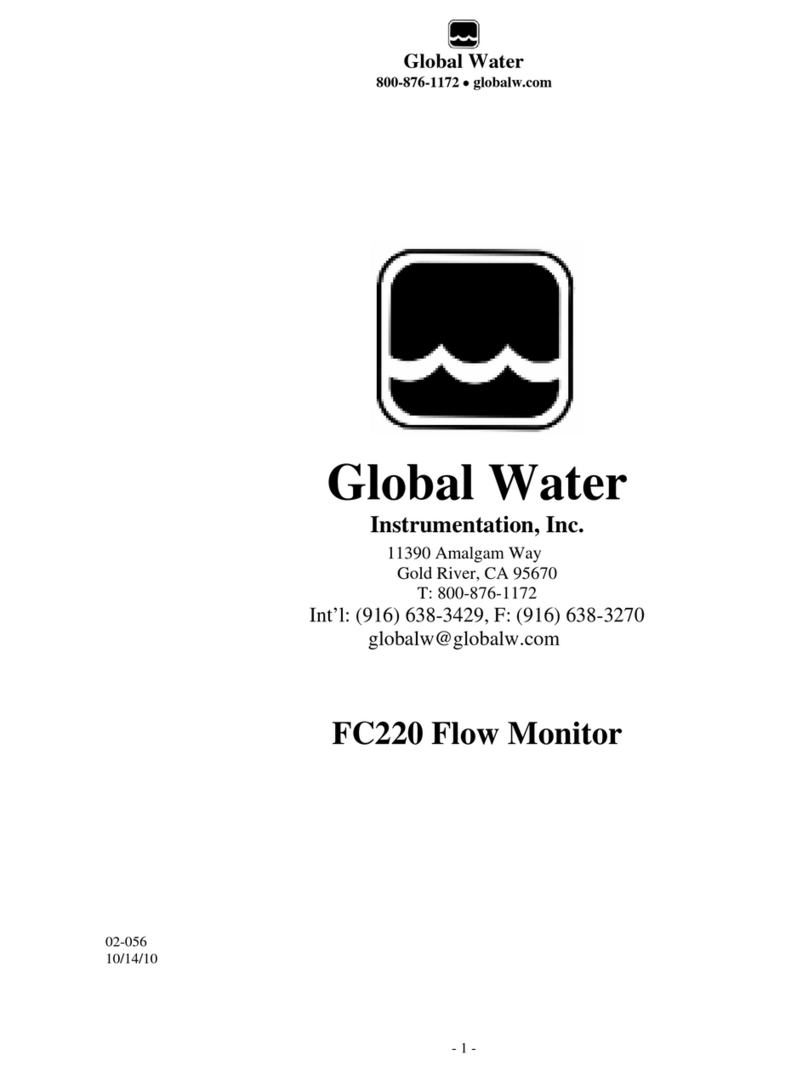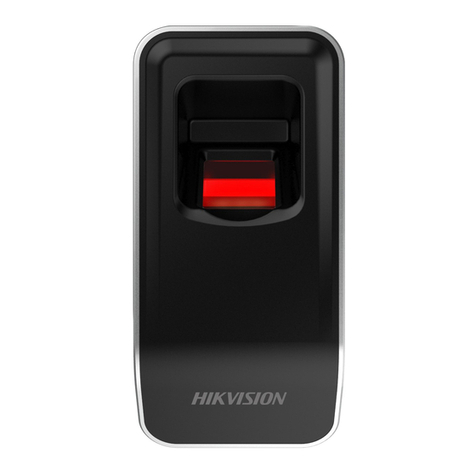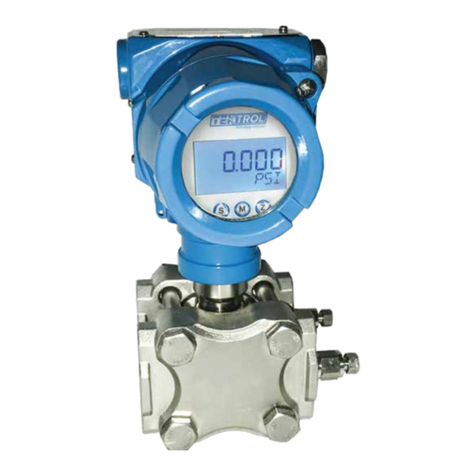Meters UK 3MB100 User manual







Table of contents
Other Meters UK Measuring Instrument manuals

Meters UK
Meters UK SmartLink45 4000123456789 User manual
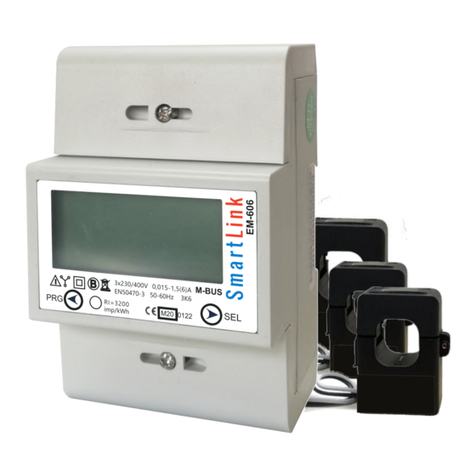
Meters UK
Meters UK EM606 M-Bus User manual

Meters UK
Meters UK SmartLink45 4000123456789 User manual
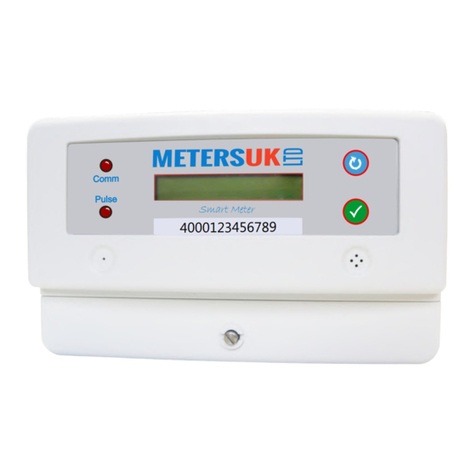
Meters UK
Meters UK SmartLink 45 User manual

Meters UK
Meters UK SmartLink45 User manual

Meters UK
Meters UK SmartLink 45 User manual

Meters UK
Meters UK MOD3CT User manual
Popular Measuring Instrument manuals by other brands
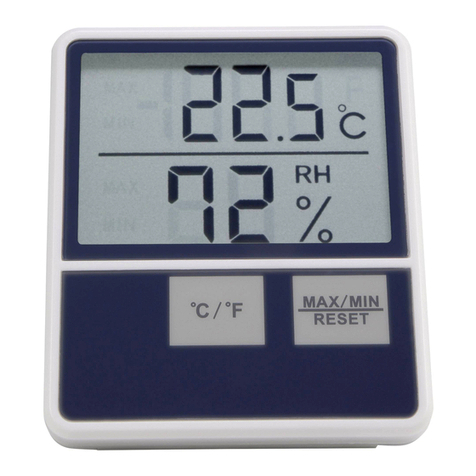
BASETech
BASETech BTTH-1014 operating instructions

Rex Gauge Company
Rex Gauge Company 1600 operating instructions

PCB Piezotronics
PCB Piezotronics 482C27 General operations manual
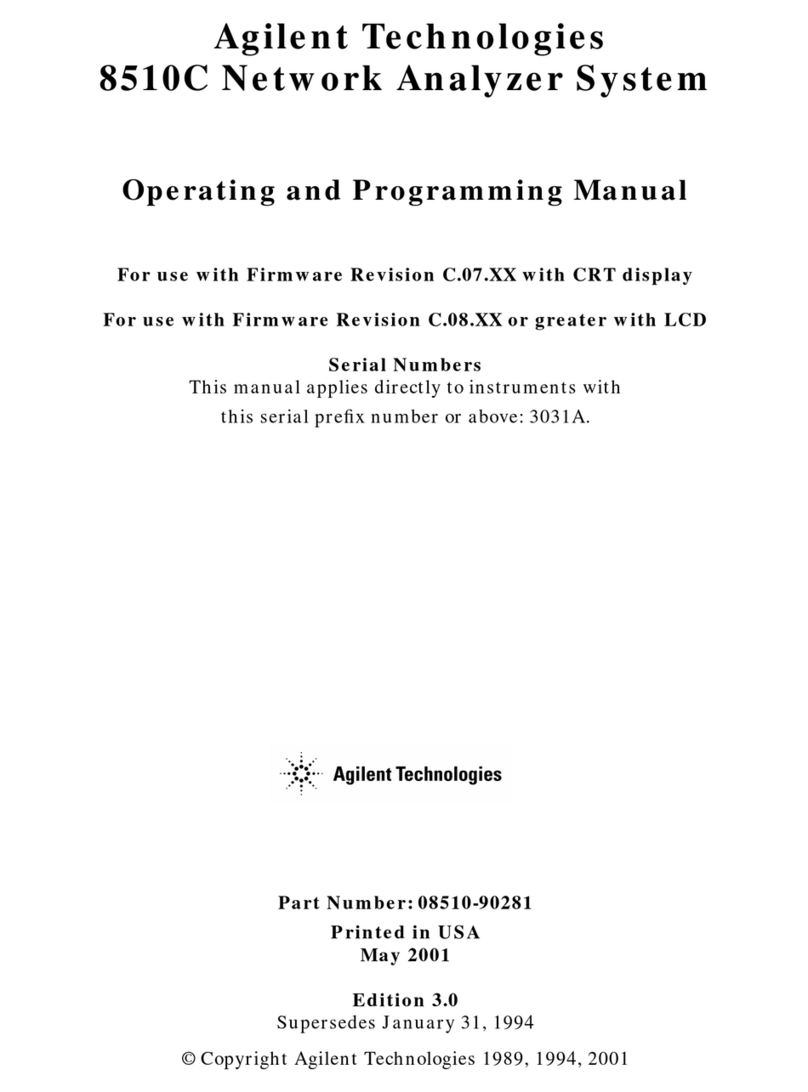
Agilent Technologies
Agilent Technologies 8510C Operating and programming manual

Trotec
Trotec BZ15M quick start guide
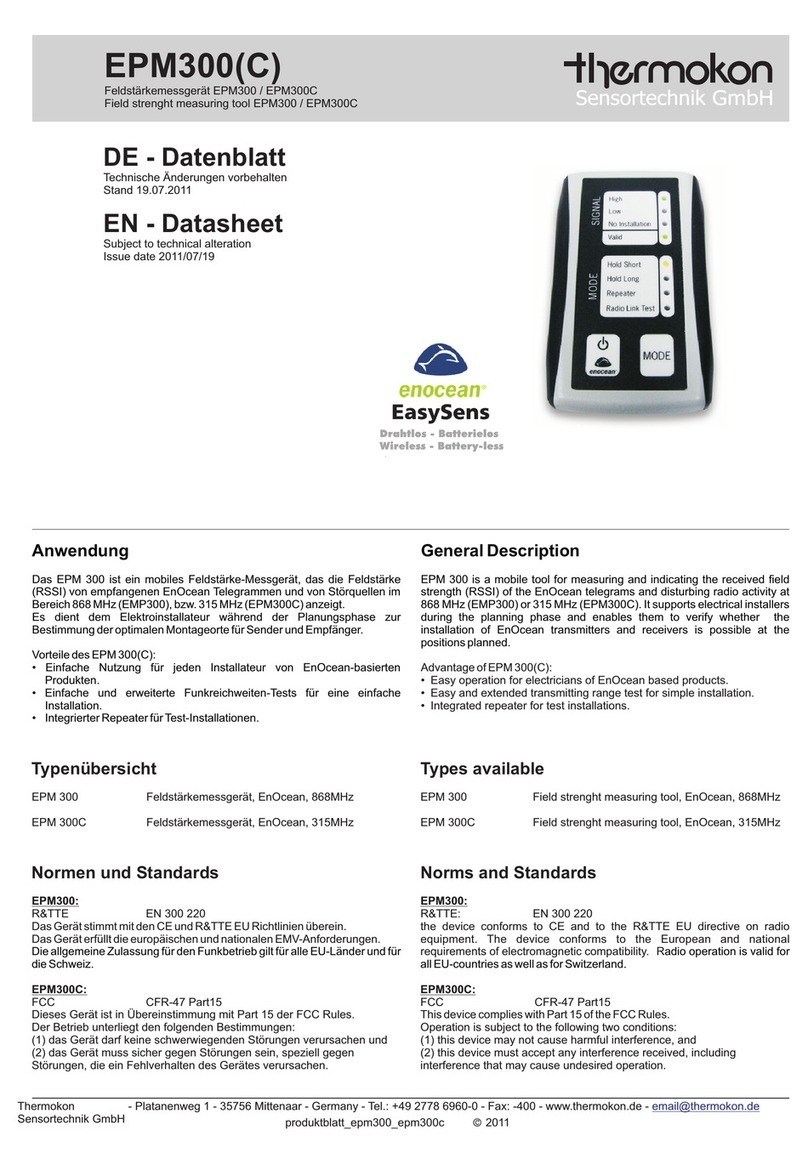
Thermokon
Thermokon EPM300 quick start guide
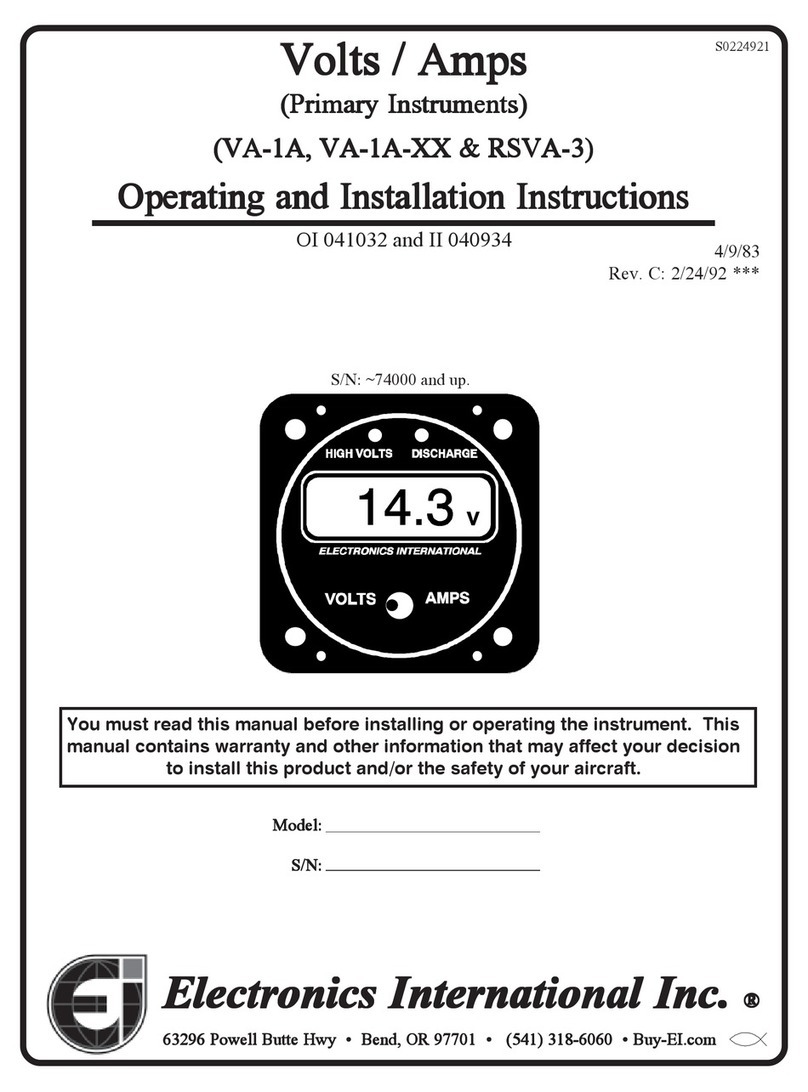
Electronics International Inc
Electronics International Inc VA-1A Operating and installation instructions

HANYOUNG NUX
HANYOUNG NUX ED6 instruction manual

PerkinElmer
PerkinElmer AAnalyst 300 manual

LineEye
LineEye LE-650H2 Installation and operating manual

Ono Sokki
Ono Sokki SE-2400 instruction manual
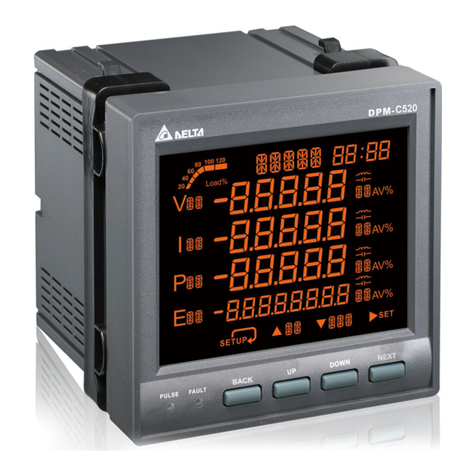
Delta
Delta DPM-C520 Operation manual
